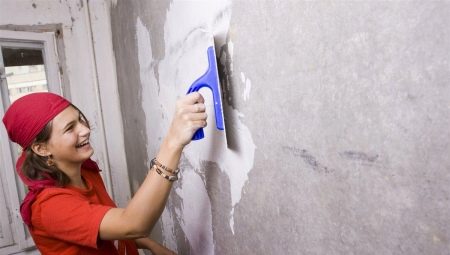In the modern construction industry, a wide variety of finishing materials are used. Each composition has certain properties necessary to achieve a specific result. To use them correctly, you need special knowledge and skills that are available only to specialists. One of the most sought-after professions in this area is the specialty of plasterer.
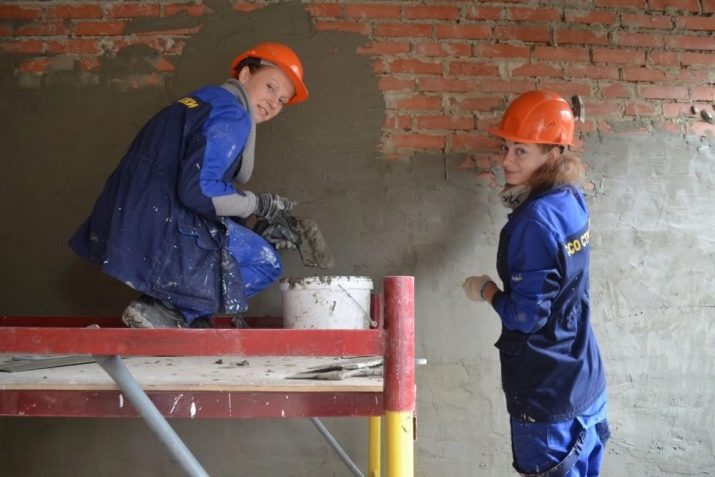
History and Description
Despite the fact that master plasterers are a popular profession today, it has appeared a long time ago. According to historical records, this type of activity originated in the time of Ancient Egypt, about 5 thousand years BC. Workers were engaged in leveling the surfaces of various buildings. Some examples of the labor of the first plasterers came to our time in excellent condition.
Cement used today in construction activities appeared in the 19th century. It was obtained using the method of firing various elements. Before its appearance, other materials were used: gypsum, clay and so on.
Plasterer is a qualified employee whose main task is to decorate the premises, both indoor and outdoor. During work, a specialist can use special equipment or do everything manually.
This profession got its name from the word stucco. Translated from Italian, this means "putty." This term generalized the work of a worker - coating or leveling surfaces.

In Russia, the first employees in this area appeared around the VI century BC. Mention of them is preserved in the description of the colony of Hermonass, located on the territory of the Taman Peninsula (the modern territory of the Krasnodar Territory).
Ancestors used multi-colored compositions, which are now called decorative plaster. Due to the bright color, the material served a visual and functional purpose. This fact indicates that already in antiquity this profession was developed.
To date, the profession has become multifaceted. Several construction majors are often combined into one. So plasterers-tilers and plasterers-painters appeared. This trend is rapidly gaining popularity.
Many construction companies hire double-occupational staff to save money.
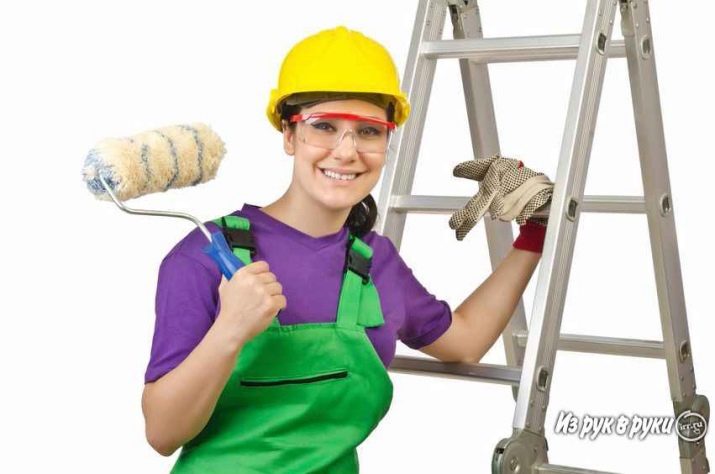
Advantages of the profession:
- decent level of wages;
- constant need for specialists;
- the ability to conduct their own business;
- affordable training.
Disadvantages:
- harmful factors negatively affecting the state of health;
- danger;
- work requires physical stamina.
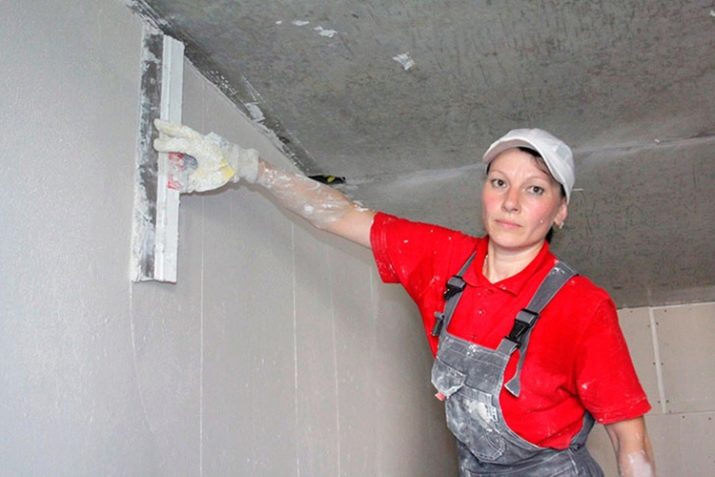
Ranks and Responsibilities
According to the official ETKS regulatory documents, such professions as painter and plasterer are two different areas that need to be divided. The painter is engaged in applying paints and enamels, this is the final stage of finishing, which begins after the plasterer has finished work. The task of the wall specialist is to prepare the foundation. According to the job description, the employee must not only align the walls, but also apply a primer.
If a specialist has a related specialty, his list of job responsibilities is significantly increased, including an expanded range of jobs.
On the territory of Russia there is a general classification of workers specialties. It is designated by the acronym OKPDTR:
- to indicate the position of the plasterer, the encoding 19727 is used;
- a separate code is provided for the painter - 13450;
- there is a designation of a double specialty - 19728.
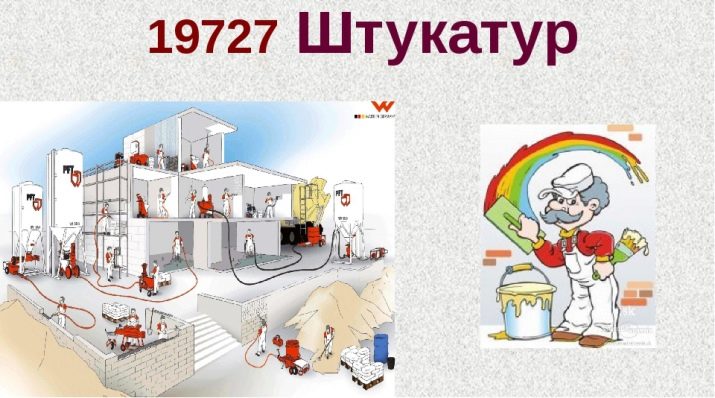
The professional duties of a surface preparation worker are as follows:
- specialists are engaged in the selection, and in some cases, the purchase of mixtures used in the work;
- correction of defects and defects (cracks, chips, etc.);
- alignment of walls and other surfaces as necessary;
- plastering;
- grinding and leveling of a new layer.
If you incorrectly complete the task, all the flaws will become noticeable after applying whitewash or when staining.
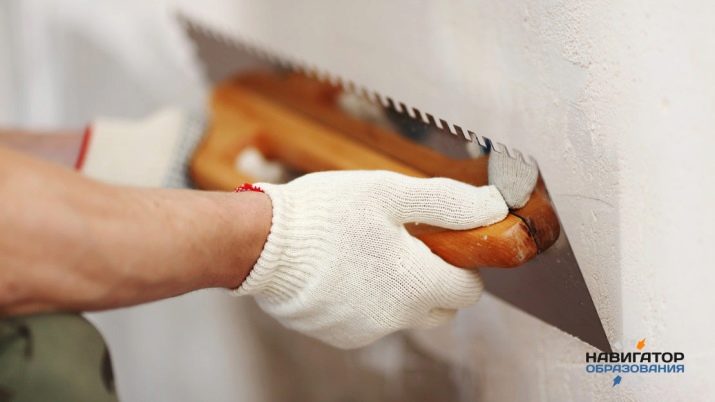
This working specialty is divided into categories. There are 6 of them. The initial rank is indicated by the number 2, and the 7th is considered the highest and most professional. We consider each option individually in more detail.
- Second category. An entry-level specialist, as a rule, is engaged in auxiliary works and acts under the guidance of a more experienced and skillful employee. For example, novice plasters make working mixtures, waterproofing.
- Third rank. Workers of a higher level are already allowed to level the walls with simple plaster. And they are also engaged in the installation of metal mesh. Responsibilities include grinding the plaster.
- Fourth rank. Having reached this level, you can use special automated tools. Such equipment is necessary to carry out large volumes of work.
- Fifth rank. A specialist, having reached this level, is engaged in a more complex type of work. In addition to high-quality processing of walls, the master can draw an expressive relief.
- Sixth rank. A professional works with different objects: columns, beams, poles and much more. The work uses decorative compositions. Workers organize the covering of large arches, lancet domes and arches.
- Seventh rank. The highest level of professionalism. These are the most experienced and highly skilled plasterers who have fully mastered this complex profession.
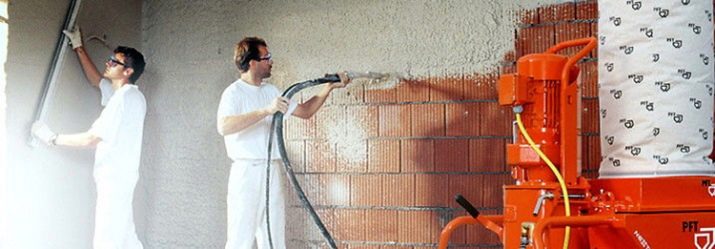
Requirements
According to the professional standard, a specialist is obliged to possess certain personal qualities, as well as a set of certain skills and abilities.
Personal qualities
The list of personality characteristics:
- responsibility, diligence and accuracy;
- physical endurance;
- stress resistance and patience;
- excellent memory;
- good coordination of movements;
- original and creative approach;
- accurate eye
- sociability;
- resourcefulness;
- visual-figurative type of thinking;
- punctuality.
This is a general list of the qualities of professional plasterer, according to modern employers. It is worth noting that each company may have its own list of requirements.

Knowledge and skills
In addition to the necessary personal qualities, the employee must have certain skills and knowledge. This is a difficult profession, and an employee cannot cope without mastered professional terminology and other information. Of great importance are the skills that are laid in the learning process and honed during work.
According to experts, the plasterer should know and be able to do a lot.
- The main skill is to perform high-quality alignment of a vertical or horizontal surface. A specialist must be able to work not only with walls, but also with ceilings, various facades and other objects.
- And also can not do without general knowledge in the construction industry. The worker must know what materials, tools and equipment are used in this area, and how to handle all this correctly.
- In some cases, the specialist needs to perform lining of surfaces of various types that differ in texture and other characteristics.
- For the work to be done at the highest level, you need to be able to correct all the flaws.
- The list of skills included in the professional standard includes the sealing of stitches.
- If large cracks are found, you need to be able to correctly install the beacon and monitor this device during operation.
- The building materials market is represented in a wide variety of materials. New products are constantly appearing on store shelves, and in order to choose the best composition, you need to understand the assortment.
- A high-level specialist should be able to control the work of novice employees. It is necessary not only to follow them, but also to be able to correctly set the task and answer all questions regarding their activities.
- In the process, you can not do without special tools and equipment. Professional workers are able not only to handle them correctly, but also to perform their simple repair, if necessary.
Note: when it comes to a related profession, the list of skills is expanding significantly. For example, a plasterer painter should be able to prepare a coloring composition, as well as apply it evenly and gently to the surface.

In this case, artistic taste and the ability to distinguish a wide variety of shades are also useful.
Training
Given the growing popularity of this profession, many are wondering where to learn this specialty.
There are two options to get the cherished profession.
Educational institution
The most common and easiest way is to go to college or college. As a rule, such educational institutions are found both in large cities and in small towns. The main advantage of this method is the ability to get a specialty for free, if you go on a budget. The approximate duration of study is 3 years. You can become a student after 9 or 11 classes of a general educational institution.
In the process of training, teachers provide the necessary basis in order to start a career in the chosen field. On the basis of the technical school they teach materials science and other disciplines that will be needed by a future specialist. At the end of the training, many students undergo practical training with the possibility of further employment.

Training and work
The second option is to get started right away. Some companies may hire a novice specialist who has acquired basic skills on their own. In this case, you can apply for the vacancy of a student or assistant plasterer.
You should not count on a large salary, but in this case you can quickly get working skills and start earning.
Everyone chooses an option depending on their capabilities and preferences. When choosing to study at a college or technical school, you can get two specialties at once. On the territory of Russia, an educational institution in the relevant specialty can be found in almost any city. If we focus on the second method of obtaining a working profession, the main bias is towards practice.
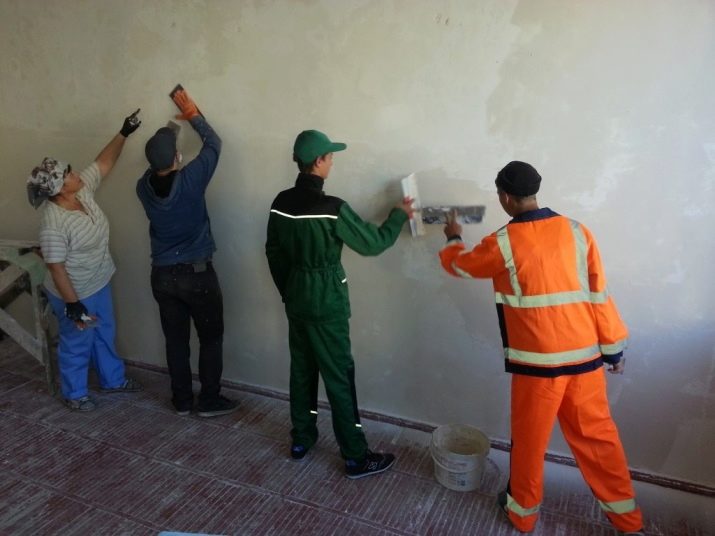
Workplace
The main working activity of the plasterer is the construction industry. This industry is always at the peak of activity, especially given the rapid pace of development of large cities. And also without skillful plasterer can not do during the overhaul. Some specialists work with other employees for a long time in the state. Others have chosen self-employment.
Some specialists work abroad. The format of work may be different. As a rule, this is a project work. It can last several months or years depending on the size and funding. Large companies conclude long-term contracts and provide employees with excellent working conditions, including comfortable accommodation, food, medical care and other services.
As noted, there are many related professions in construction. However, the plasterer-tiler, the plasterer-painter and other specialists work in the same territory.
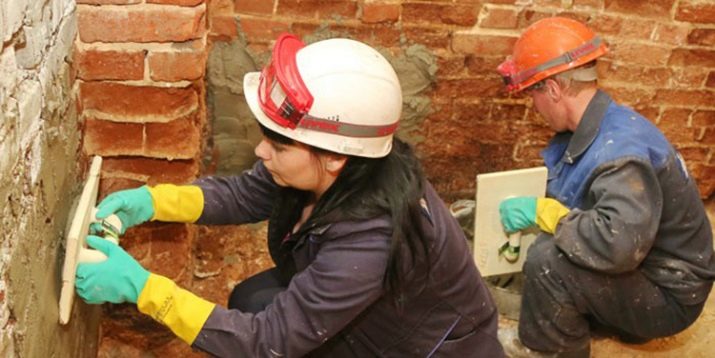
How much does it make?
When choosing a profession, one of the decisive factors is the level of wages.
As in many other professions, a worker’s salary will depend on several factors:
- place of residence;
- work experience (rank and qualification);
- object scale;
- deadlines;
- format of work and complexity.
In Russia, the minimum wage in this position is 15 thousand rubles. The maximum level reaches 150 thousand rubles a month. Such earnings are offered by large companies in large cities. The average level varies from 60 to 75 thousand rubles per month.

Many experienced workers organize their own construction crews and independently set the price for the services provided.
